×
Il semble que vous utilisiez une version obsolète de internet explorer. Internet explorer n'est plus supporté par Microsoft depuis fin 2015. Nous vous invitons à utiliser un navigateur plus récent tel que Firefox, Google Chrome ou Microsoft Edge.
My Player placeholder

Devenez membre d'Incathlab et bénéficiez d'un accès complet !
Vous devez être membre pour accéder aux vidéos Incathlab sans limitation. Inscrivez vous gratuitement en moins d'une minute et accédez à tous les services Incathlab ! Vous avez aussi la possibilité de vous connecter directement avec votre compte facebook ou twitter en cliquant sur login en haut à droite du site.
Inscription Connexion
Inscription Connexion
24102 vues
Please give us your feedback after the live
Fill the survey →
Speakers: Benjamin Faurie, Yves Louvard & Chadi Hlaihel
Moderator: Jacques Monségu
Program
| 12:30 |
Introduction Benjamin Faurie, MD |
| 12:35 |
Case-in-box n°1: OSTIAL LM Stenosis on dextrocardia lady Benjamin Faurie, Yves Louvard & Chadi Hlaihel, MD - Presentation & Panel Discussion |
| 13:00 |
Case-in-box n°2: Cx ostial subtotal occlusion: Sheathless approach Yves Louvard, MD - Presentation & Panel Discussion |
| 13:20 |
Why sheathless for radial approach? Yves Louvard, MD - Panel Discussion |
| 13:30 |
Case-in-box n°3: RCA intrastent CTO through bilateral sheathless approach Benjamin Faurie, MD - Presentation & Panel Discussion |
| 13:55 |
Conclusion and take home messages |
Educational objectives
- Improve coronary angioplasty knowledge: techniques and approach strategies in the setting of complex cases
- Provide tips and tricks for transradial access
- Discuss the use of sheathless access
- Learn best practice of sheathless access
- Provide platform for discussion
Audience
- This web symposium is dedicated to interventional cardiologists interested and/or specialized in coronary angioplasty
-
A prerequisite for attendees is an initial knowledge and practice of angioplasty
IMPORTANT NOTICE
This webinar is intended for Healthcare Professionals in Europe, Middle East and Africa. It has been developed for an educational purpose and represents independent evaluations and opinions of the authors and contributors independently from Cordis, the company sponsoring the webinar. Dr. Benjamin Faurie and Dr. Yves Louvard are compensated by Cordis to conduct the presentations and must present information in accordance with applicable regulatory requirements. The performance of the procedures recorded and shown in the webinar was not remunerated by Cordis. The medical devices used in the procedures were selected in accordance with independent medical criteria of the performing physicians. Videos displayed in the webinar may eventually show or refer to Cordis’ RAILWAY™ Sheathless Access System. RAILWAY™ Sheathless Access System is not available in the United States and in certain other countries. As part of its continuous product development policy, Cordis reserves the right to change product specifications without prior notification. While every effort is made to ensure that no inaccurate or misleading data, opinions, or statements appear in this webinar, Cordis warrants that material contained in the webinar represents independent evaluations and opinions of the authors and contributors. Therefore, Cordis accepts no responsibility for the consequences of any such inaccurate or misleading data or statements, neither does it endorse the content or the use of any drug or medical device that is not authorized in any territory. The webinar may include a demonstration of the use of a medical device; it is not intended to be used as a training guide. The steps demonstrated with respect to the use of any medical device in this webinar may not be the complete steps of the procedure. Individual physician preference and experience, as well as patient needs, may dictate variation in procedure steps. Before using any medical device, including those demonstrated or referenced in this webinar, review all relevant package information, including the label and the Instructions For Use. All content in the webinar is copyrighted and is protected by worldwide copyright laws. Unless otherwise authorized in writing by the copyright owner, no modification or further reproduction of the content is permitted.
For Healthcare Professionals Only. CORDIS, Cordis LOGO and RAILWAY are trademarks of Cardinal Health and may be registered in the US and/or in other countries
©2017 Cardinal Health. All Rights Reserved.
100505149 11/17
Date du tournage : 13/12/2017
Dernière mise à jour : 24/04/2018
Dernière mise à jour : 24/04/2018
Participer à la discussion
Suggestions
Mardi 23 avril 2024 de 17h à 18h15 (GMT+2)
Honolulu : Mardi 23 avril 2024 de 06h à 07h15 (GMT+2)
San Francisco : Mardi 23 avril 2024 de 09h à 10h15 (GMT+2)
New York : Mardi 23 avril 2024 de 12h à 13h15 (GMT+2)
Buenos Aires : Mardi 23 avril 2024 de 13h à 14h15 (GMT+2)
Reykjavik : Mardi 23 avril 2024 de 16h à 17h15 (GMT+2)
London / Dublin : Mardi 23 avril 2024 de 17h à 18h15 (GMT+2)
Paris / Berlin : Mardi 23 avril 2024 de 18h à 19h15 (GMT+2)
Istanbul : Mardi 23 avril 2024 de 19h à 20h15 (GMT+2)
Moscou / Dubaï : Mardi 23 avril 2024 de 20h à 21h15 (GMT+2)
Bangkok : Mardi 23 avril 2024 de 23h à 00h15 (GMT+2)
Shanghai : Mercredi 24 avril 2024 de 00h à 01h15 (GMT+2)
Tokyo : Mercredi 24 avril 2024 de 01h à 02h15 (GMT+2)
Sydney : Mercredi 24 avril 2024 de 03h à 04h15 (GMT+2)
Wellington : Mercredi 24 avril 2024 de 05h à 06h15 (GMT+2)
San Francisco : Mardi 23 avril 2024 de 09h à 10h15 (GMT+2)
New York : Mardi 23 avril 2024 de 12h à 13h15 (GMT+2)
Buenos Aires : Mardi 23 avril 2024 de 13h à 14h15 (GMT+2)
Reykjavik : Mardi 23 avril 2024 de 16h à 17h15 (GMT+2)
London / Dublin : Mardi 23 avril 2024 de 17h à 18h15 (GMT+2)
Paris / Berlin : Mardi 23 avril 2024 de 18h à 19h15 (GMT+2)
Istanbul : Mardi 23 avril 2024 de 19h à 20h15 (GMT+2)
Moscou / Dubaï : Mardi 23 avril 2024 de 20h à 21h15 (GMT+2)
Bangkok : Mardi 23 avril 2024 de 23h à 00h15 (GMT+2)
Shanghai : Mercredi 24 avril 2024 de 00h à 01h15 (GMT+2)
Tokyo : Mercredi 24 avril 2024 de 01h à 02h15 (GMT+2)
Sydney : Mercredi 24 avril 2024 de 03h à 04h15 (GMT+2)
Wellington : Mercredi 24 avril 2024 de 05h à 06h15 (GMT+2)
From Access to Closure through Treatment:
How to Maximize Outcomes while Minimizing Impact
Partager
Mardi 29 mars 2022 de 18h à 19h (GMT+2)
Honolulu : Mardi 29 mars 2022 de 07h à 08h (GMT+2)
San Francisco : Mardi 29 mars 2022 de 10h à 11h (GMT+2)
New York : Mardi 29 mars 2022 de 13h à 14h (GMT+2)
Buenos Aires : Mardi 29 mars 2022 de 14h à 15h (GMT+2)
Reykjavik : Mardi 29 mars 2022 de 17h à 18h (GMT+2)
London / Dublin : Mardi 29 mars 2022 de 18h à 19h (GMT+2)
Paris / Berlin : Mardi 29 mars 2022 de 19h à 20h (GMT+2)
Istanbul : Mardi 29 mars 2022 de 20h à 21h (GMT+2)
Moscou / Dubaï : Mardi 29 mars 2022 de 21h à 22h (GMT+2)
Bangkok : Mercredi 30 mars 2022 de 00h à 01h (GMT+2)
Shanghai : Mercredi 30 mars 2022 de 01h à 02h (GMT+2)
Tokyo : Mercredi 30 mars 2022 de 02h à 03h (GMT+2)
Sydney : Mercredi 30 mars 2022 de 04h à 05h (GMT+2)
Wellington : Mercredi 30 mars 2022 de 06h à 07h (GMT+2)
San Francisco : Mardi 29 mars 2022 de 10h à 11h (GMT+2)
New York : Mardi 29 mars 2022 de 13h à 14h (GMT+2)
Buenos Aires : Mardi 29 mars 2022 de 14h à 15h (GMT+2)
Reykjavik : Mardi 29 mars 2022 de 17h à 18h (GMT+2)
London / Dublin : Mardi 29 mars 2022 de 18h à 19h (GMT+2)
Paris / Berlin : Mardi 29 mars 2022 de 19h à 20h (GMT+2)
Istanbul : Mardi 29 mars 2022 de 20h à 21h (GMT+2)
Moscou / Dubaï : Mardi 29 mars 2022 de 21h à 22h (GMT+2)
Bangkok : Mercredi 30 mars 2022 de 00h à 01h (GMT+2)
Shanghai : Mercredi 30 mars 2022 de 01h à 02h (GMT+2)
Tokyo : Mercredi 30 mars 2022 de 02h à 03h (GMT+2)
Sydney : Mercredi 30 mars 2022 de 04h à 05h (GMT+2)
Wellington : Mercredi 30 mars 2022 de 06h à 07h (GMT+2)
The Role of Mechanical Circulatory Support in Complex VT Cases
Partager
Mercredi 6 juillet 2022 de 18h à 19h (GMT+2)
Honolulu : Mercredi 6 juillet 2022 de 07h à 08h (GMT+2)
San Francisco : Mercredi 6 juillet 2022 de 10h à 11h (GMT+2)
New York : Mercredi 6 juillet 2022 de 13h à 14h (GMT+2)
Buenos Aires : Mercredi 6 juillet 2022 de 14h à 15h (GMT+2)
Reykjavik : Mercredi 6 juillet 2022 de 17h à 18h (GMT+2)
London / Dublin : Mercredi 6 juillet 2022 de 18h à 19h (GMT+2)
Paris / Berlin : Mercredi 6 juillet 2022 de 19h à 20h (GMT+2)
Istanbul : Mercredi 6 juillet 2022 de 20h à 21h (GMT+2)
Moscou / Dubaï : Mercredi 6 juillet 2022 de 21h à 22h (GMT+2)
Bangkok : Jeudi 7 juillet 2022 de 00h à 01h (GMT+2)
Shanghai : Jeudi 7 juillet 2022 de 01h à 02h (GMT+2)
Tokyo : Jeudi 7 juillet 2022 de 02h à 03h (GMT+2)
Sydney : Jeudi 7 juillet 2022 de 04h à 05h (GMT+2)
Wellington : Jeudi 7 juillet 2022 de 06h à 07h (GMT+2)
San Francisco : Mercredi 6 juillet 2022 de 10h à 11h (GMT+2)
New York : Mercredi 6 juillet 2022 de 13h à 14h (GMT+2)
Buenos Aires : Mercredi 6 juillet 2022 de 14h à 15h (GMT+2)
Reykjavik : Mercredi 6 juillet 2022 de 17h à 18h (GMT+2)
London / Dublin : Mercredi 6 juillet 2022 de 18h à 19h (GMT+2)
Paris / Berlin : Mercredi 6 juillet 2022 de 19h à 20h (GMT+2)
Istanbul : Mercredi 6 juillet 2022 de 20h à 21h (GMT+2)
Moscou / Dubaï : Mercredi 6 juillet 2022 de 21h à 22h (GMT+2)
Bangkok : Jeudi 7 juillet 2022 de 00h à 01h (GMT+2)
Shanghai : Jeudi 7 juillet 2022 de 01h à 02h (GMT+2)
Tokyo : Jeudi 7 juillet 2022 de 02h à 03h (GMT+2)
Sydney : Jeudi 7 juillet 2022 de 04h à 05h (GMT+2)
Wellington : Jeudi 7 juillet 2022 de 06h à 07h (GMT+2)
Uncage coronaries - Episode 2 : uncage bifurcations, make the complex simple
A case based discussion
Partager
Jeudi 6 octobre 2022 de 12h30 à 14h (GMT+2)
Honolulu : Jeudi 6 octobre 2022 de 01h30 à 03h (GMT+2)
San Francisco : Jeudi 6 octobre 2022 de 04h30 à 06h (GMT+2)
New York : Jeudi 6 octobre 2022 de 07h30 à 09h (GMT+2)
Buenos Aires : Jeudi 6 octobre 2022 de 08h30 à 10h (GMT+2)
Reykjavik : Jeudi 6 octobre 2022 de 11h30 à 13h (GMT+2)
London / Dublin : Jeudi 6 octobre 2022 de 12h30 à 14h (GMT+2)
Paris / Berlin : Jeudi 6 octobre 2022 de 13h30 à 15h (GMT+2)
Istanbul : Jeudi 6 octobre 2022 de 14h30 à 16h (GMT+2)
Moscou / Dubaï : Jeudi 6 octobre 2022 de 15h30 à 17h (GMT+2)
Bangkok : Jeudi 6 octobre 2022 de 18h30 à 20h (GMT+2)
Shanghai : Jeudi 6 octobre 2022 de 19h30 à 21h (GMT+2)
Tokyo : Jeudi 6 octobre 2022 de 20h30 à 22h (GMT+2)
Sydney : Jeudi 6 octobre 2022 de 22h30 à 00h (GMT+2)
Wellington : Vendredi 7 octobre 2022 de 00h30 à 02h (GMT+2)
San Francisco : Jeudi 6 octobre 2022 de 04h30 à 06h (GMT+2)
New York : Jeudi 6 octobre 2022 de 07h30 à 09h (GMT+2)
Buenos Aires : Jeudi 6 octobre 2022 de 08h30 à 10h (GMT+2)
Reykjavik : Jeudi 6 octobre 2022 de 11h30 à 13h (GMT+2)
London / Dublin : Jeudi 6 octobre 2022 de 12h30 à 14h (GMT+2)
Paris / Berlin : Jeudi 6 octobre 2022 de 13h30 à 15h (GMT+2)
Istanbul : Jeudi 6 octobre 2022 de 14h30 à 16h (GMT+2)
Moscou / Dubaï : Jeudi 6 octobre 2022 de 15h30 à 17h (GMT+2)
Bangkok : Jeudi 6 octobre 2022 de 18h30 à 20h (GMT+2)
Shanghai : Jeudi 6 octobre 2022 de 19h30 à 21h (GMT+2)
Tokyo : Jeudi 6 octobre 2022 de 20h30 à 22h (GMT+2)
Sydney : Jeudi 6 octobre 2022 de 22h30 à 00h (GMT+2)
Wellington : Vendredi 7 octobre 2022 de 00h30 à 02h (GMT+2)
Ballon actif ou stent actif
Quand le passé rencontre le futur
Partager
Mardi 4 octobre 2022 de 17h à 18h15 (GMT+2)
Honolulu : Mardi 4 octobre 2022 de 06h à 07h15 (GMT+2)
San Francisco : Mardi 4 octobre 2022 de 09h à 10h15 (GMT+2)
New York : Mardi 4 octobre 2022 de 12h à 13h15 (GMT+2)
Buenos Aires : Mardi 4 octobre 2022 de 13h à 14h15 (GMT+2)
Reykjavik : Mardi 4 octobre 2022 de 16h à 17h15 (GMT+2)
London / Dublin : Mardi 4 octobre 2022 de 17h à 18h15 (GMT+2)
Paris / Berlin : Mardi 4 octobre 2022 de 18h à 19h15 (GMT+2)
Istanbul : Mardi 4 octobre 2022 de 19h à 20h15 (GMT+2)
Moscou / Dubaï : Mardi 4 octobre 2022 de 20h à 21h15 (GMT+2)
Bangkok : Mardi 4 octobre 2022 de 23h à 00h15 (GMT+2)
Shanghai : Mercredi 5 octobre 2022 de 00h à 01h15 (GMT+2)
Tokyo : Mercredi 5 octobre 2022 de 01h à 02h15 (GMT+2)
Sydney : Mercredi 5 octobre 2022 de 03h à 04h15 (GMT+2)
Wellington : Mercredi 5 octobre 2022 de 05h à 06h15 (GMT+2)
San Francisco : Mardi 4 octobre 2022 de 09h à 10h15 (GMT+2)
New York : Mardi 4 octobre 2022 de 12h à 13h15 (GMT+2)
Buenos Aires : Mardi 4 octobre 2022 de 13h à 14h15 (GMT+2)
Reykjavik : Mardi 4 octobre 2022 de 16h à 17h15 (GMT+2)
London / Dublin : Mardi 4 octobre 2022 de 17h à 18h15 (GMT+2)
Paris / Berlin : Mardi 4 octobre 2022 de 18h à 19h15 (GMT+2)
Istanbul : Mardi 4 octobre 2022 de 19h à 20h15 (GMT+2)
Moscou / Dubaï : Mardi 4 octobre 2022 de 20h à 21h15 (GMT+2)
Bangkok : Mardi 4 octobre 2022 de 23h à 00h15 (GMT+2)
Shanghai : Mercredi 5 octobre 2022 de 00h à 01h15 (GMT+2)
Tokyo : Mercredi 5 octobre 2022 de 01h à 02h15 (GMT+2)
Sydney : Mercredi 5 octobre 2022 de 03h à 04h15 (GMT+2)
Wellington : Mercredi 5 octobre 2022 de 05h à 06h15 (GMT+2)
Quand le patient et l’angiographie racontent des histoires différentes
Pourquoi le diagnostic des anomalies ou dysfonctions microcirculatoires est important
Partager
Mardi 25 octobre 2022 de 18h à 19h15 (GMT+2)
Honolulu : Mardi 25 octobre 2022 de 07h à 08h15 (GMT+2)
San Francisco : Mardi 25 octobre 2022 de 10h à 11h15 (GMT+2)
New York : Mardi 25 octobre 2022 de 13h à 14h15 (GMT+2)
Buenos Aires : Mardi 25 octobre 2022 de 14h à 15h15 (GMT+2)
Reykjavik : Mardi 25 octobre 2022 de 17h à 18h15 (GMT+2)
London / Dublin : Mardi 25 octobre 2022 de 18h à 19h15 (GMT+2)
Paris / Berlin : Mardi 25 octobre 2022 de 19h à 20h15 (GMT+2)
Istanbul : Mardi 25 octobre 2022 de 20h à 21h15 (GMT+2)
Moscou / Dubaï : Mardi 25 octobre 2022 de 21h à 22h15 (GMT+2)
Bangkok : Mercredi 26 octobre 2022 de 00h à 01h15 (GMT+2)
Shanghai : Mercredi 26 octobre 2022 de 01h à 02h15 (GMT+2)
Tokyo : Mercredi 26 octobre 2022 de 02h à 03h15 (GMT+2)
Sydney : Mercredi 26 octobre 2022 de 04h à 05h15 (GMT+2)
Wellington : Mercredi 26 octobre 2022 de 06h à 07h15 (GMT+2)
San Francisco : Mardi 25 octobre 2022 de 10h à 11h15 (GMT+2)
New York : Mardi 25 octobre 2022 de 13h à 14h15 (GMT+2)
Buenos Aires : Mardi 25 octobre 2022 de 14h à 15h15 (GMT+2)
Reykjavik : Mardi 25 octobre 2022 de 17h à 18h15 (GMT+2)
London / Dublin : Mardi 25 octobre 2022 de 18h à 19h15 (GMT+2)
Paris / Berlin : Mardi 25 octobre 2022 de 19h à 20h15 (GMT+2)
Istanbul : Mardi 25 octobre 2022 de 20h à 21h15 (GMT+2)
Moscou / Dubaï : Mardi 25 octobre 2022 de 21h à 22h15 (GMT+2)
Bangkok : Mercredi 26 octobre 2022 de 00h à 01h15 (GMT+2)
Shanghai : Mercredi 26 octobre 2022 de 01h à 02h15 (GMT+2)
Tokyo : Mercredi 26 octobre 2022 de 02h à 03h15 (GMT+2)
Sydney : Mercredi 26 octobre 2022 de 04h à 05h15 (GMT+2)
Wellington : Mercredi 26 octobre 2022 de 06h à 07h15 (GMT+2)
The role of hemodynamic support in cardiogenic shock:
When to escalate and when to de-escalate
Partager
Bientôt
Ostial LCX occlusion through left main LAD struts - beware of complication
Alex & Friends - Ep.8
Partager
Lundi 29 novembre 2021 de 18h à 19h (GMT+1)
Honolulu : Lundi 29 novembre 2021 de 07h à 08h (GMT+1)
San Francisco : Lundi 29 novembre 2021 de 09h à 10h (GMT+1)
New York : Lundi 29 novembre 2021 de 12h à 13h (GMT+1)
Buenos Aires : Lundi 29 novembre 2021 de 14h à 15h (GMT+1)
London / Dublin : Lundi 29 novembre 2021 de 17h à 18h (GMT+1)
Paris / Berlin : Lundi 29 novembre 2021 de 18h à 19h (GMT+1)
Istanbul : Lundi 29 novembre 2021 de 19h à 20h (GMT+1)
Moscou / Dubaï : Lundi 29 novembre 2021 de 21h à 22h (GMT+1)
Bangkok : Mardi 30 novembre 2021 de 00h à 01h (GMT+1)
Shanghai : Mardi 30 novembre 2021 de 01h à 02h (GMT+1)
Tokyo : Mardi 30 novembre 2021 de 02h à 03h (GMT+1)
Sydney : Mardi 30 novembre 2021 de 03h à 04h (GMT+1)
Wellington : Mardi 30 novembre 2021 de 05h à 06h (GMT+1)
San Francisco : Lundi 29 novembre 2021 de 09h à 10h (GMT+1)
New York : Lundi 29 novembre 2021 de 12h à 13h (GMT+1)
Buenos Aires : Lundi 29 novembre 2021 de 14h à 15h (GMT+1)
London / Dublin : Lundi 29 novembre 2021 de 17h à 18h (GMT+1)
Paris / Berlin : Lundi 29 novembre 2021 de 18h à 19h (GMT+1)
Istanbul : Lundi 29 novembre 2021 de 19h à 20h (GMT+1)
Moscou / Dubaï : Lundi 29 novembre 2021 de 21h à 22h (GMT+1)
Bangkok : Mardi 30 novembre 2021 de 00h à 01h (GMT+1)
Shanghai : Mardi 30 novembre 2021 de 01h à 02h (GMT+1)
Tokyo : Mardi 30 novembre 2021 de 02h à 03h (GMT+1)
Sydney : Mardi 30 novembre 2021 de 03h à 04h (GMT+1)
Wellington : Mardi 30 novembre 2021 de 05h à 06h (GMT+1)
DAPT meets its MASTER webinar
Part 1 : The unknown HBR patient
Partager

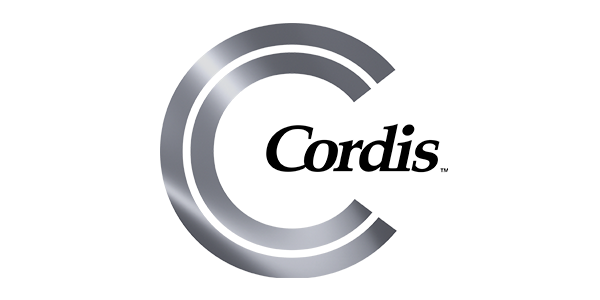
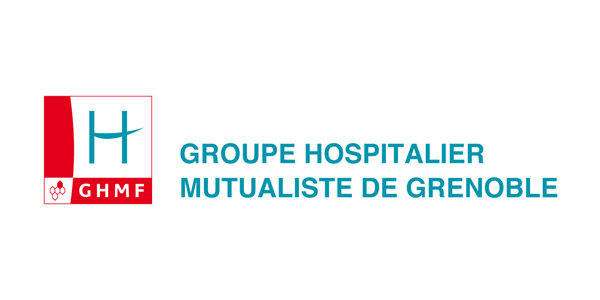

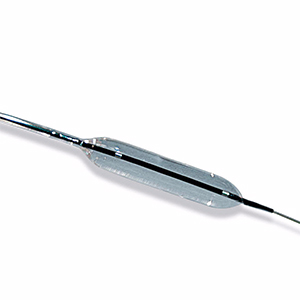
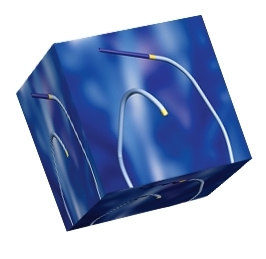
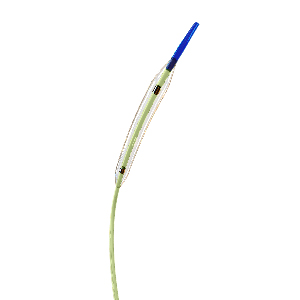
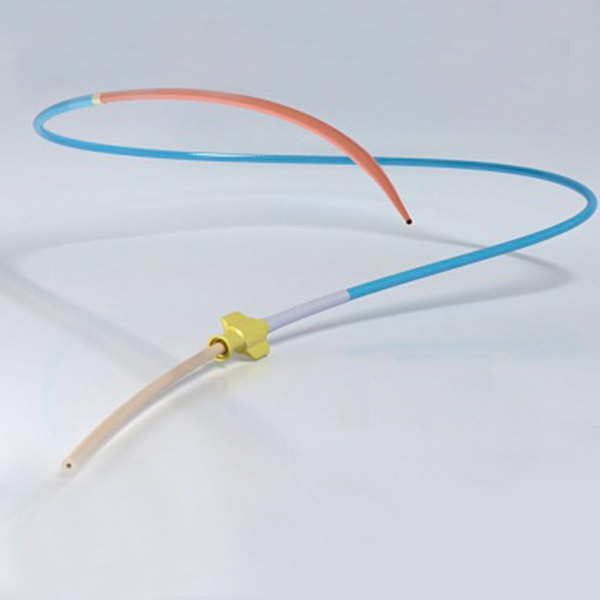
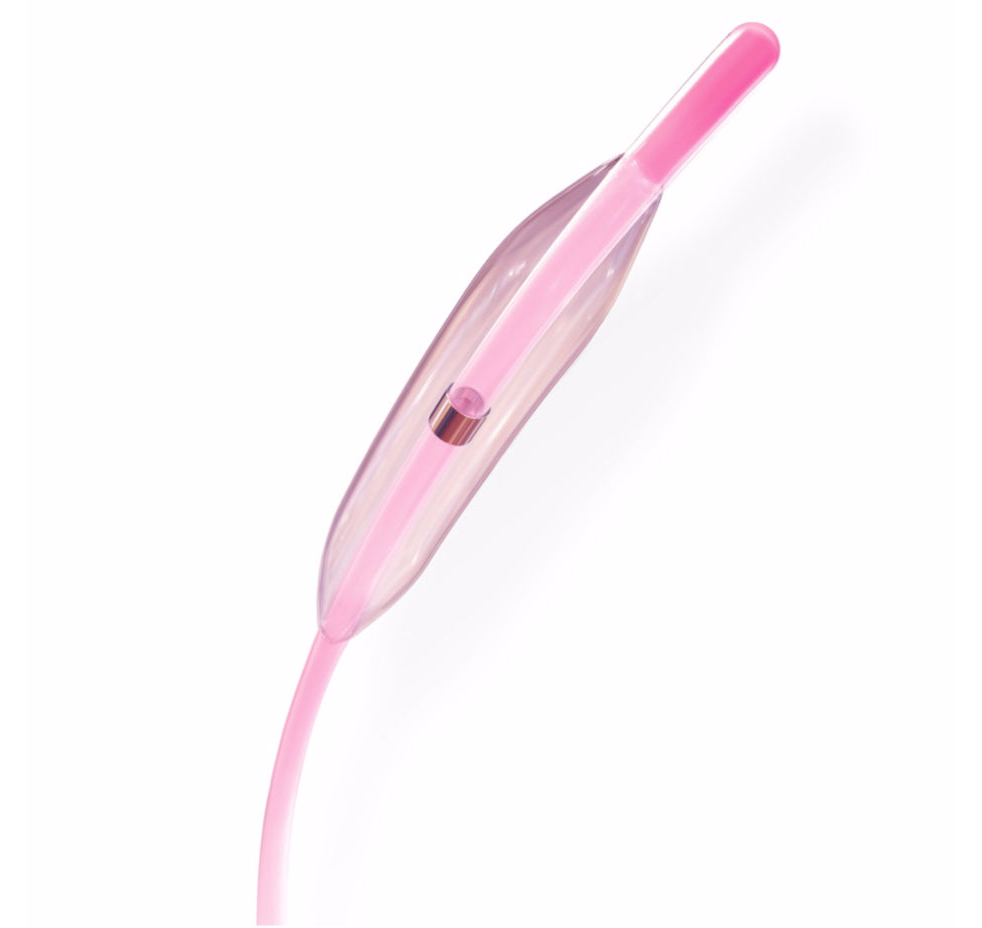
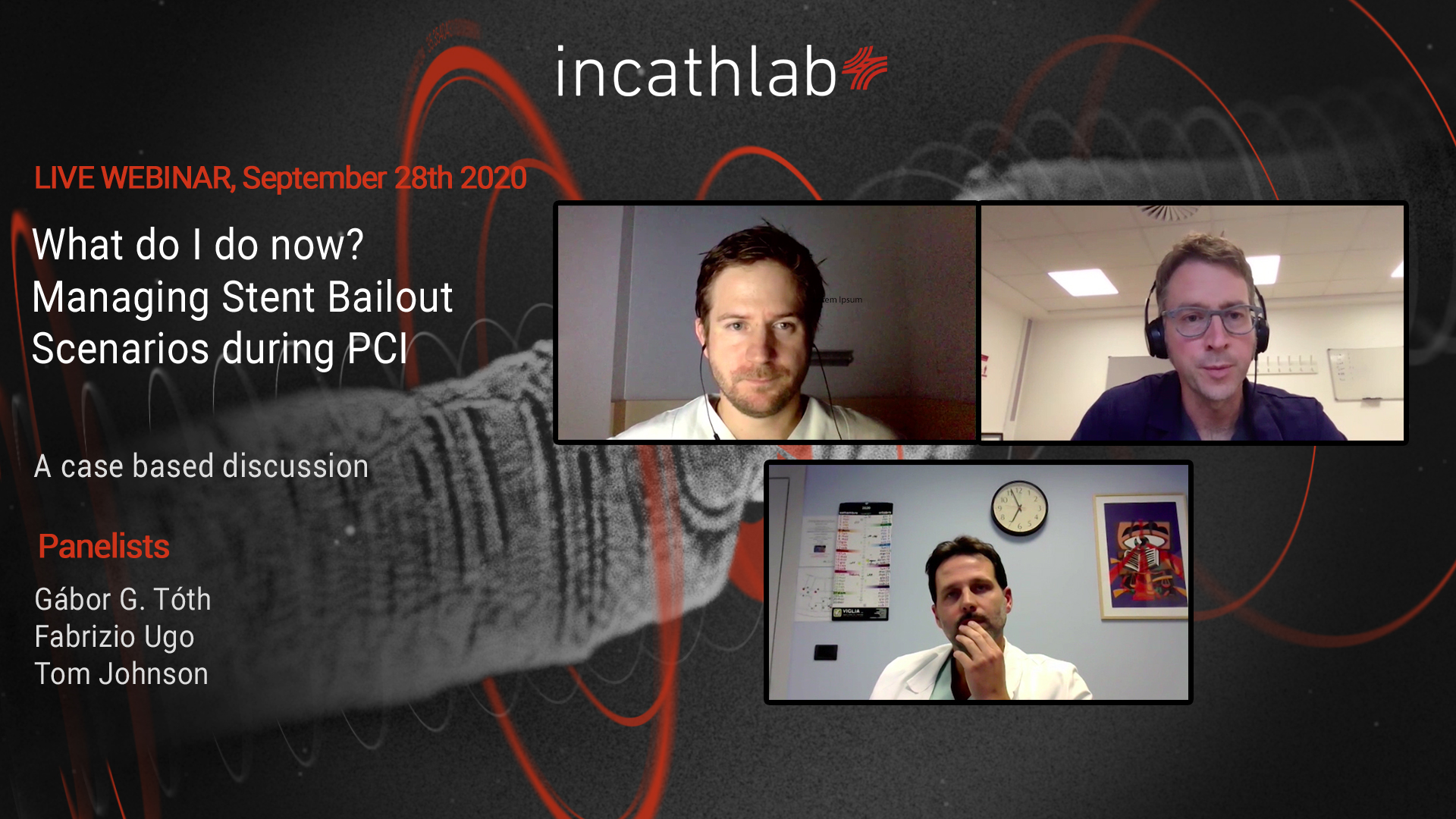
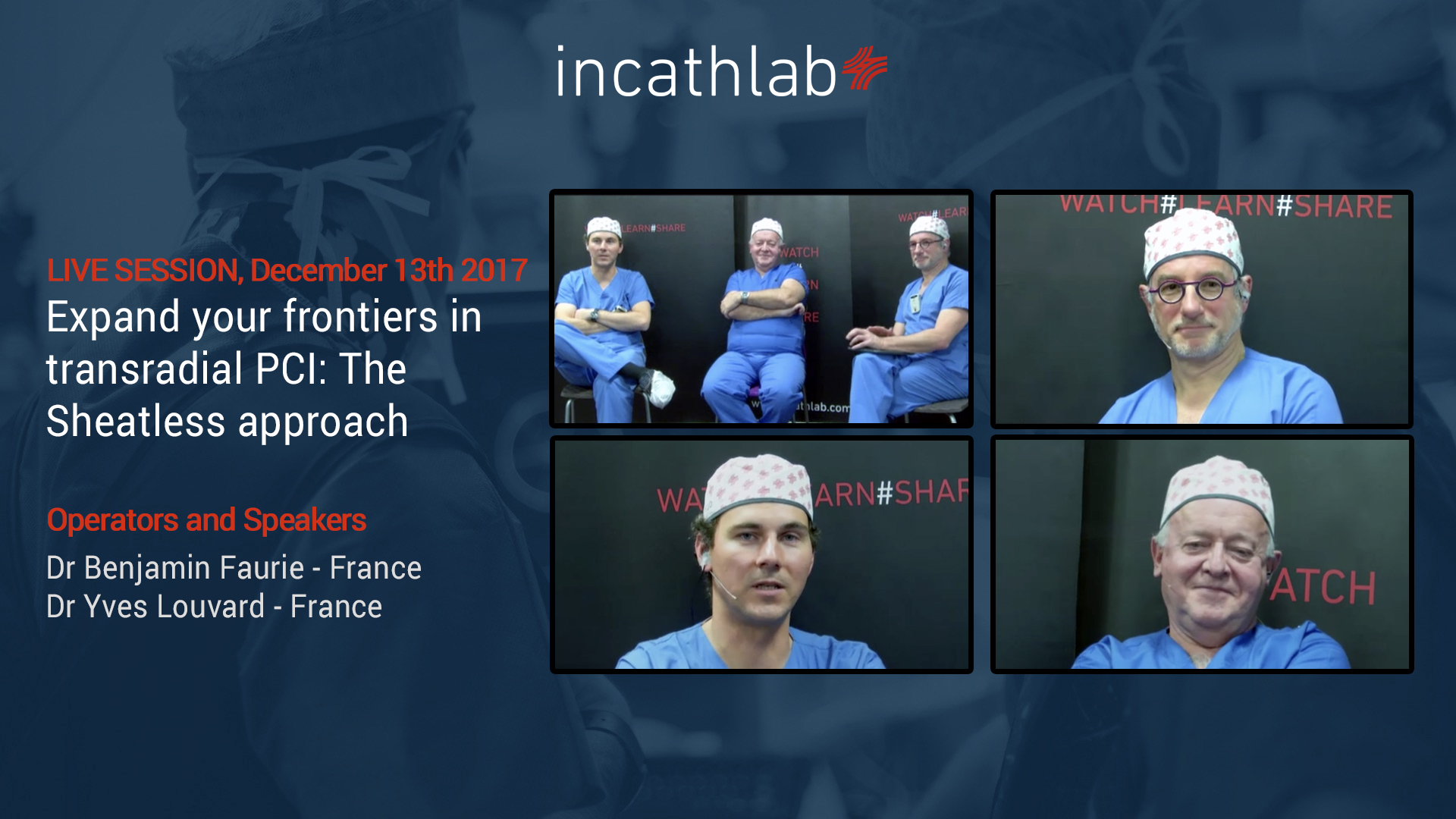

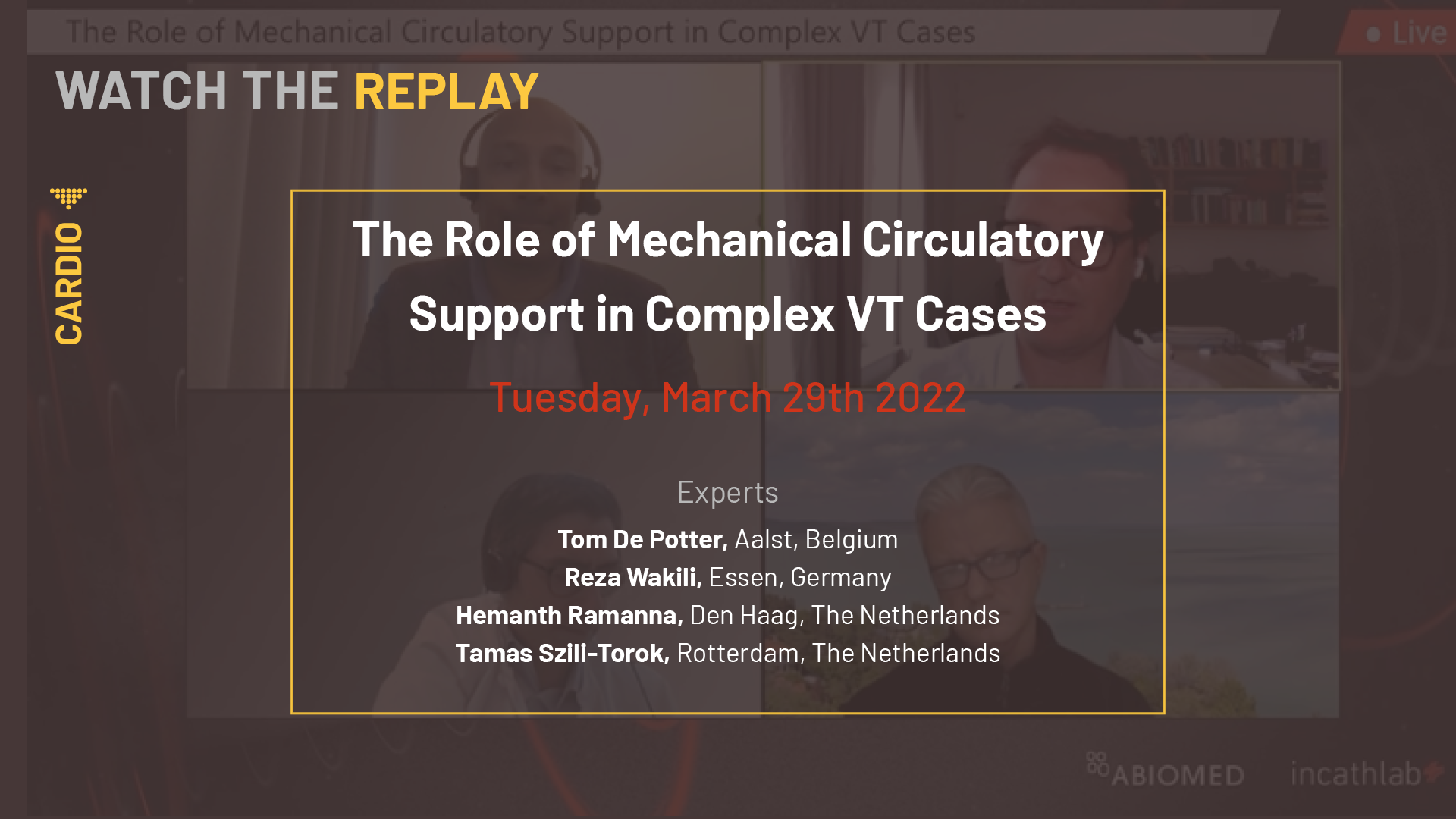
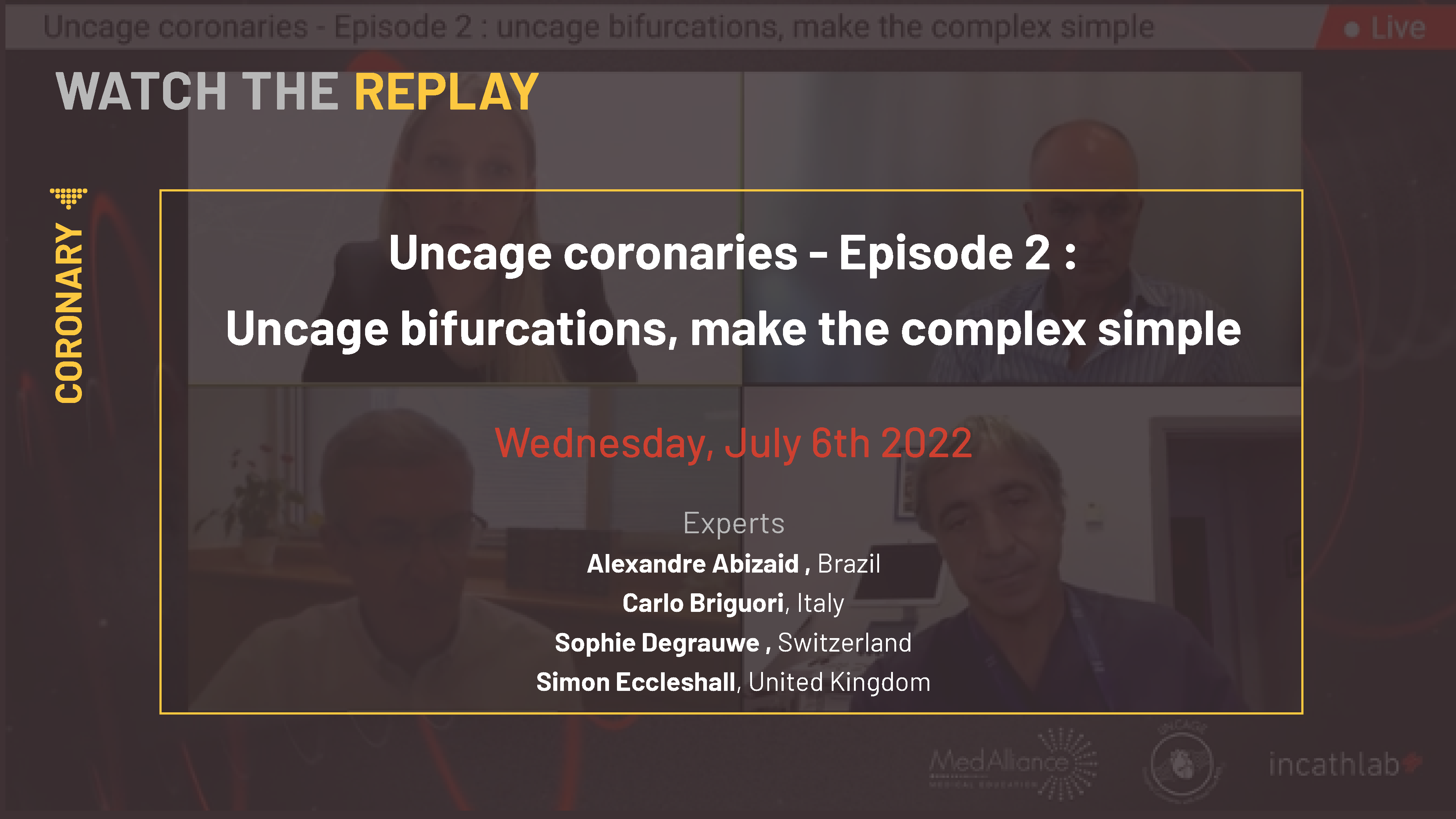
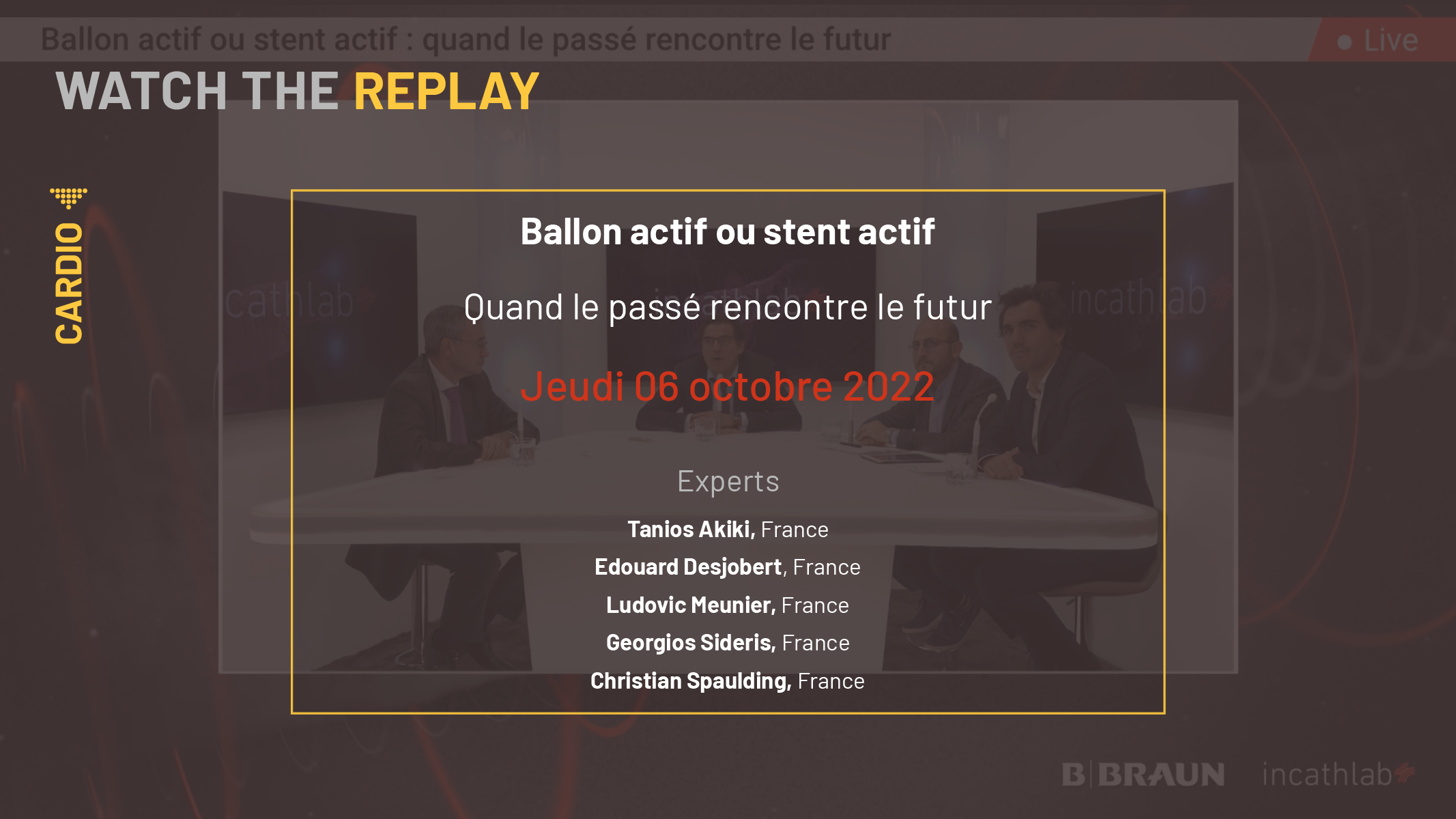

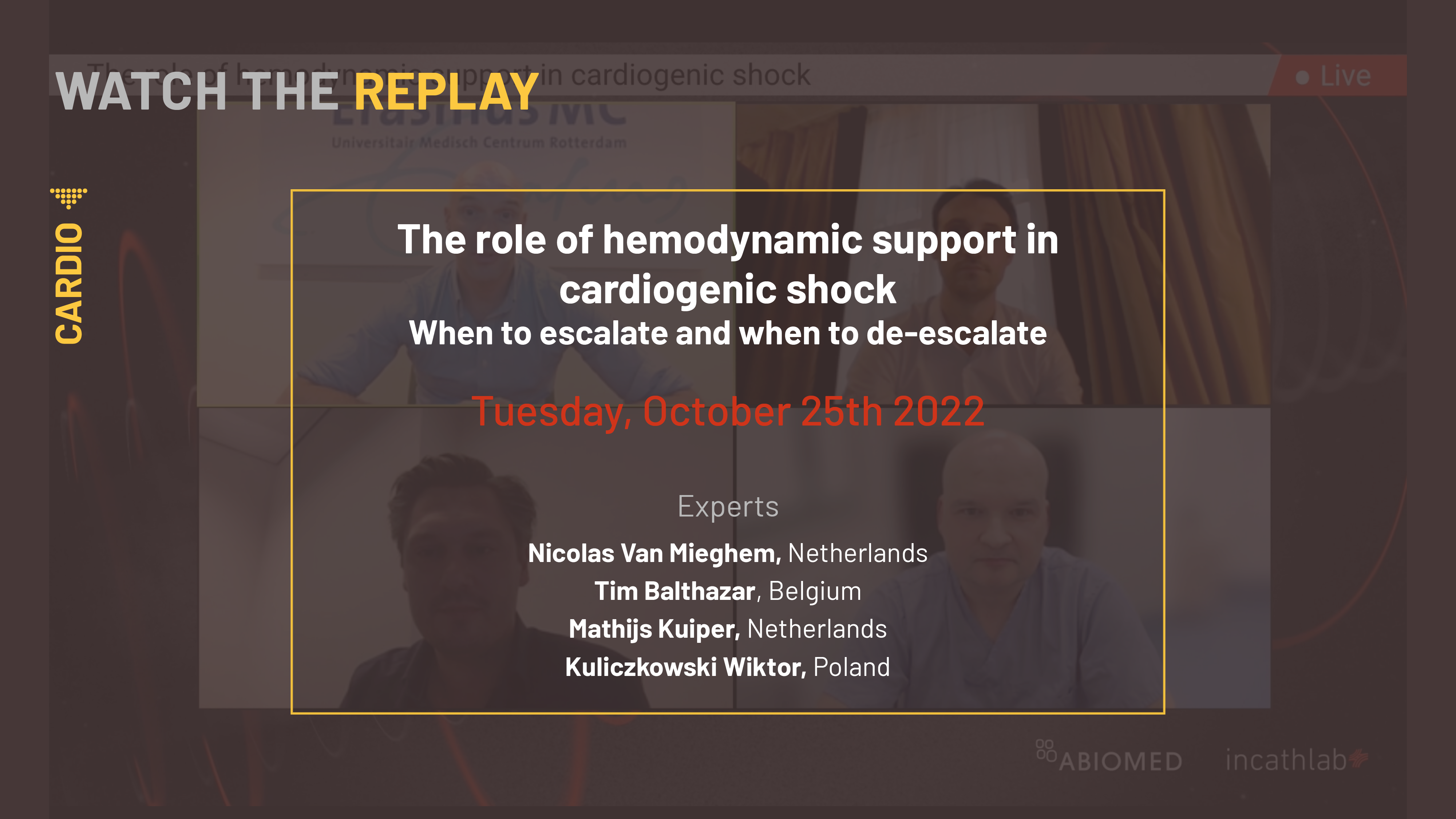
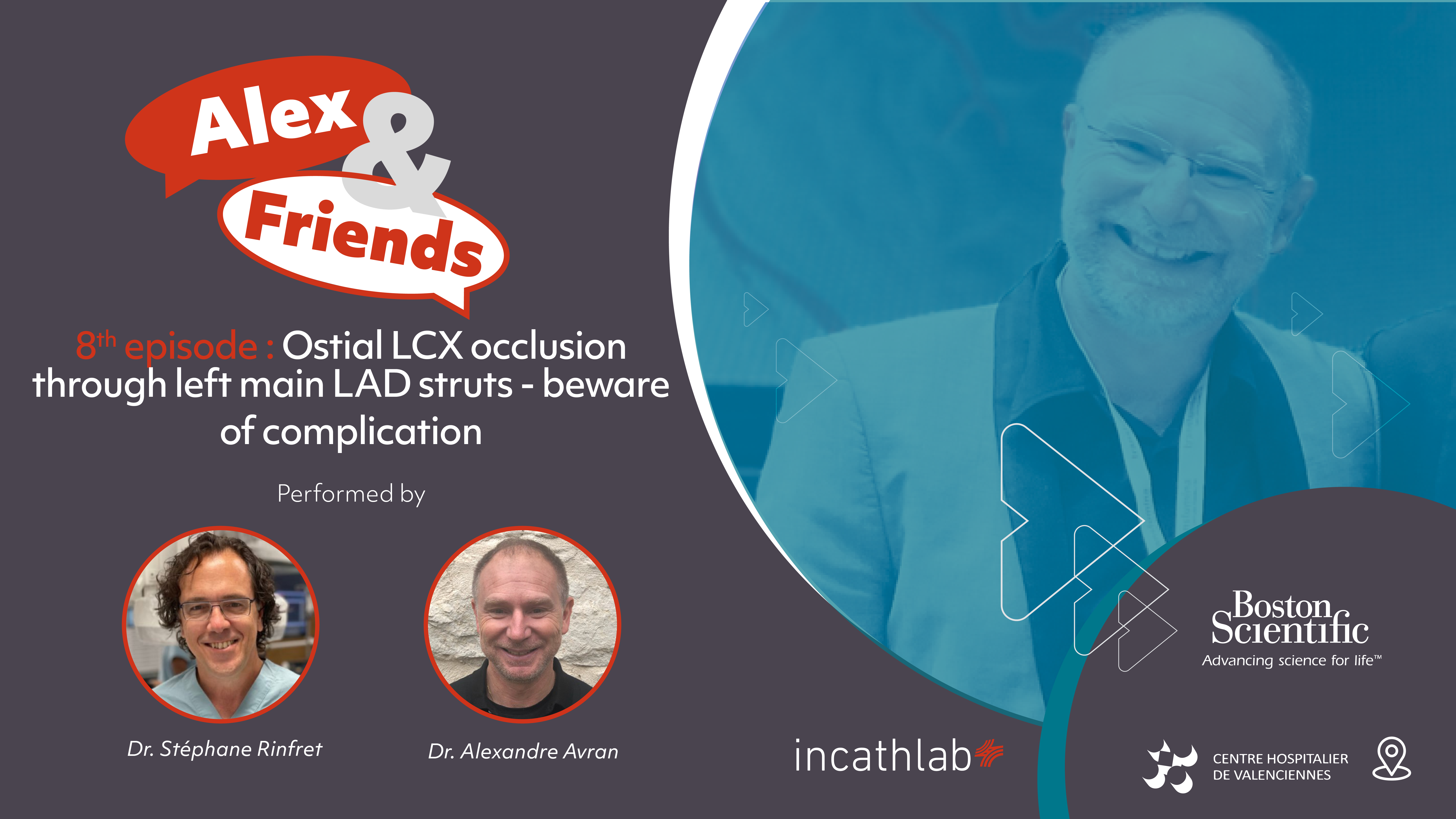
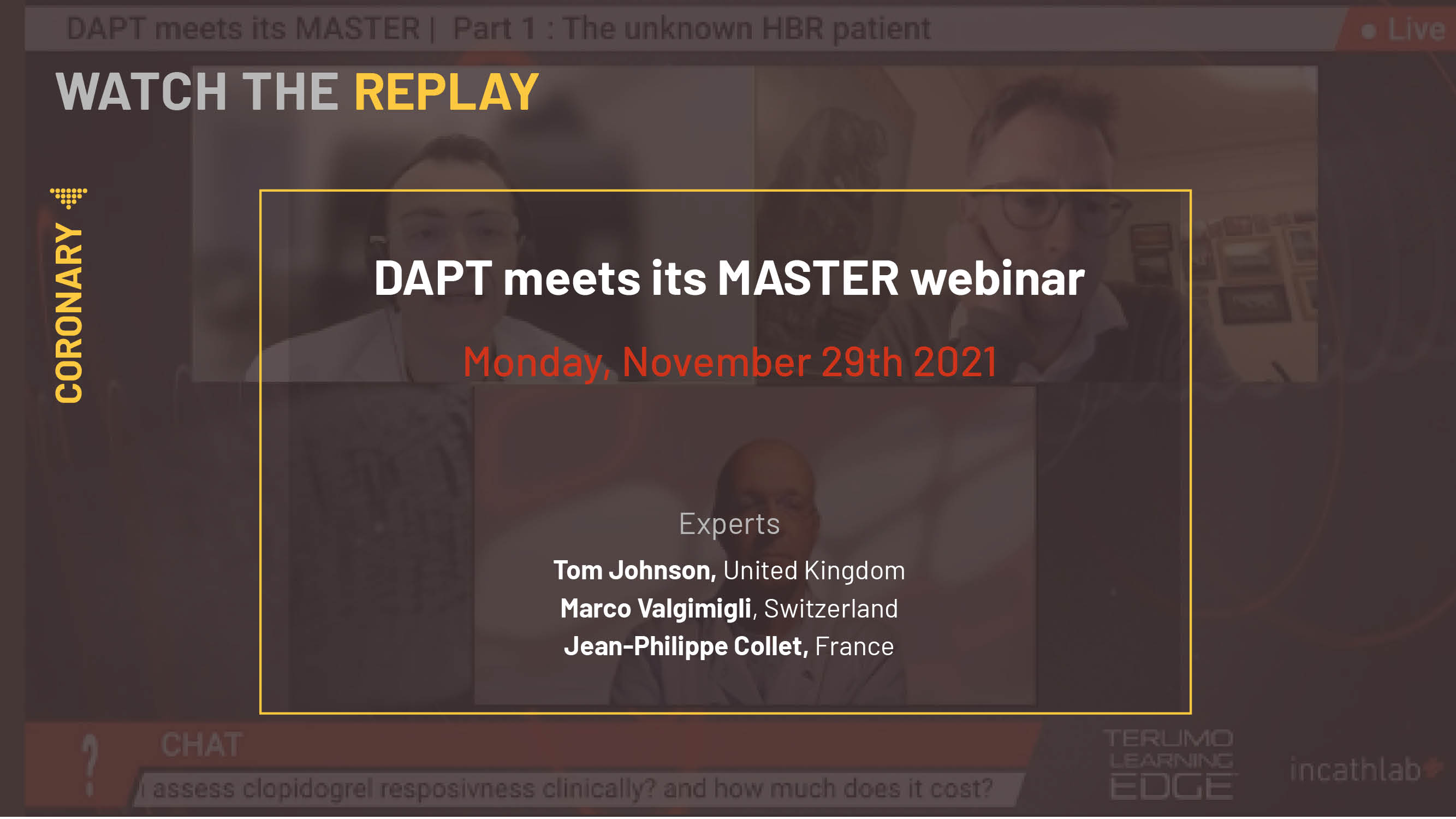
Patricio N. The total dosis of heparin you use for this aproach?
saad S. Nice
SHAMSUNDER H. HOW TO USE SINGLE INDEFLATOR FOR TWO BALLOONS DURING KISSING BALLOON
Benjamin F. We use as shown on picture a 3 way stopcock with allows to use a single inflator. You can also put different pressure in one or the other balloon..
1 fichiers joints. Créez un compte pour accéder à ce contenu
Benjamin F. We use the usual dose of heparin for PCI that means 70 to 100 UI per Kg.